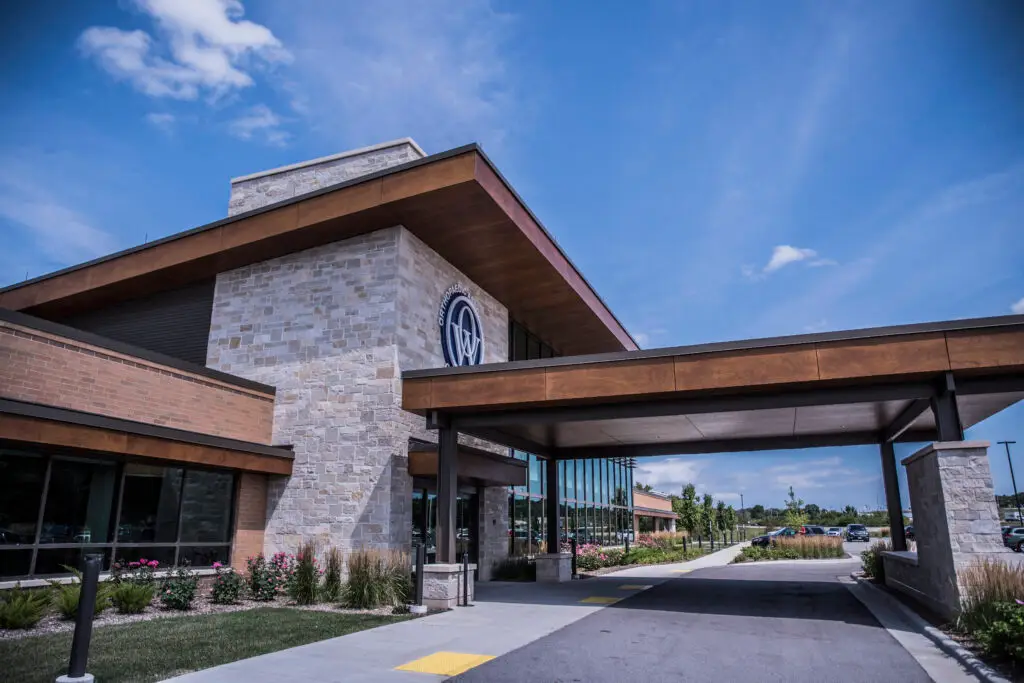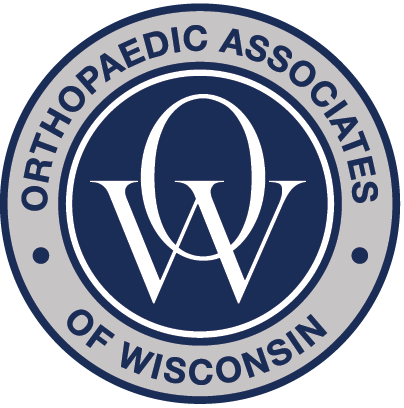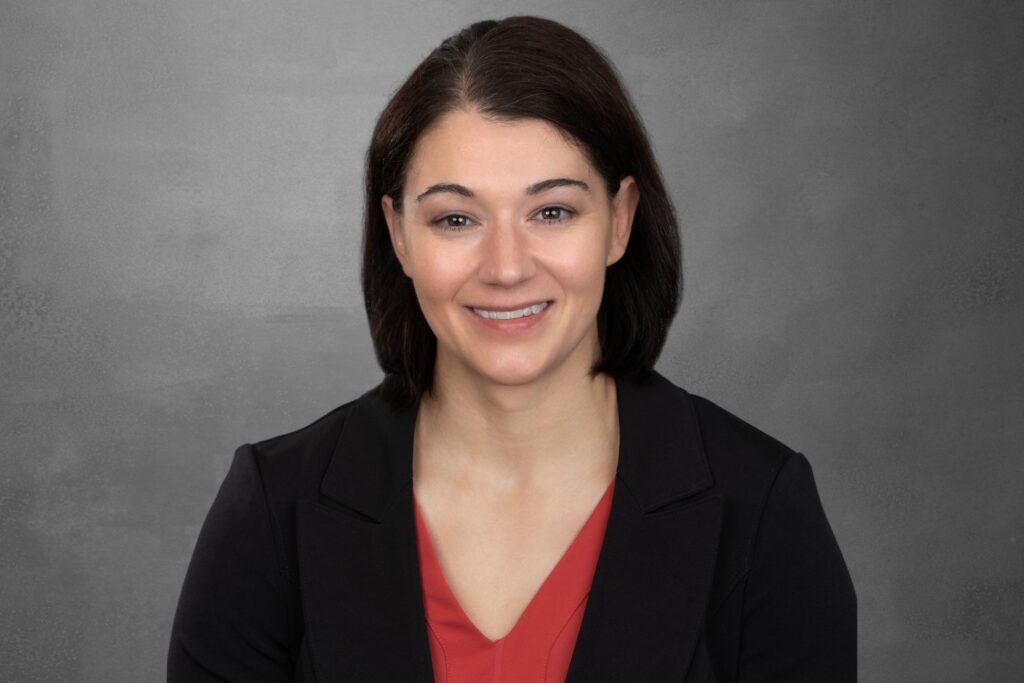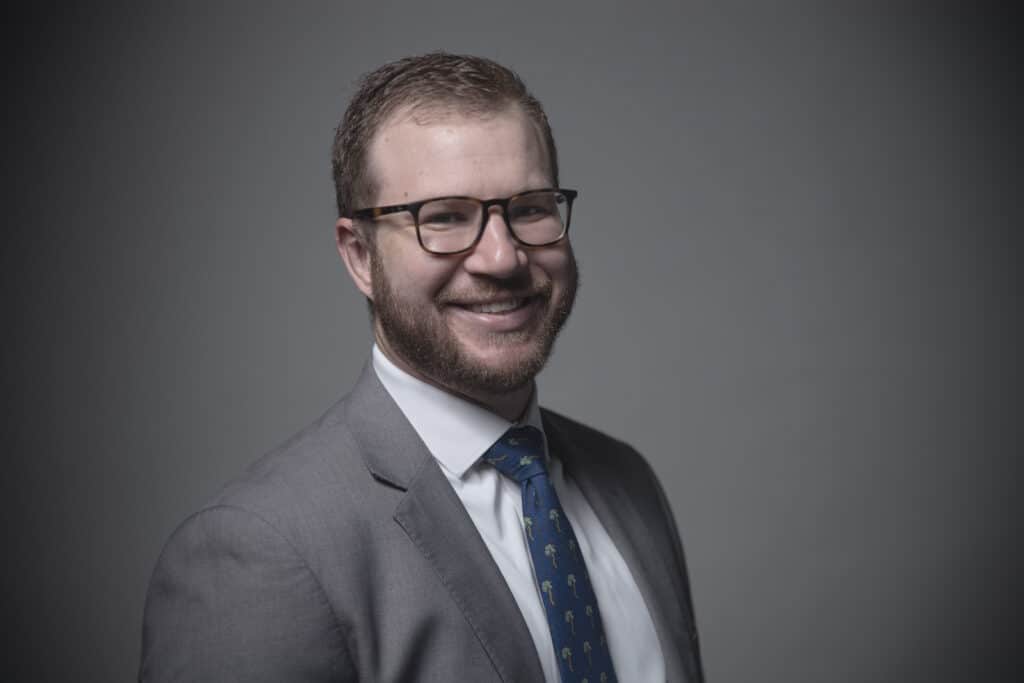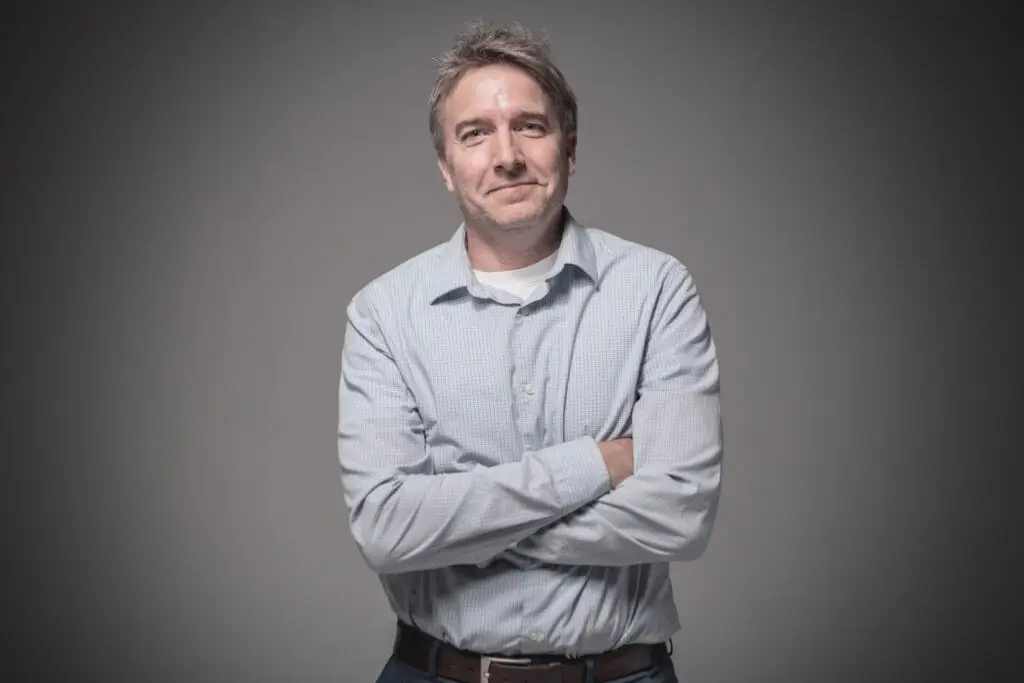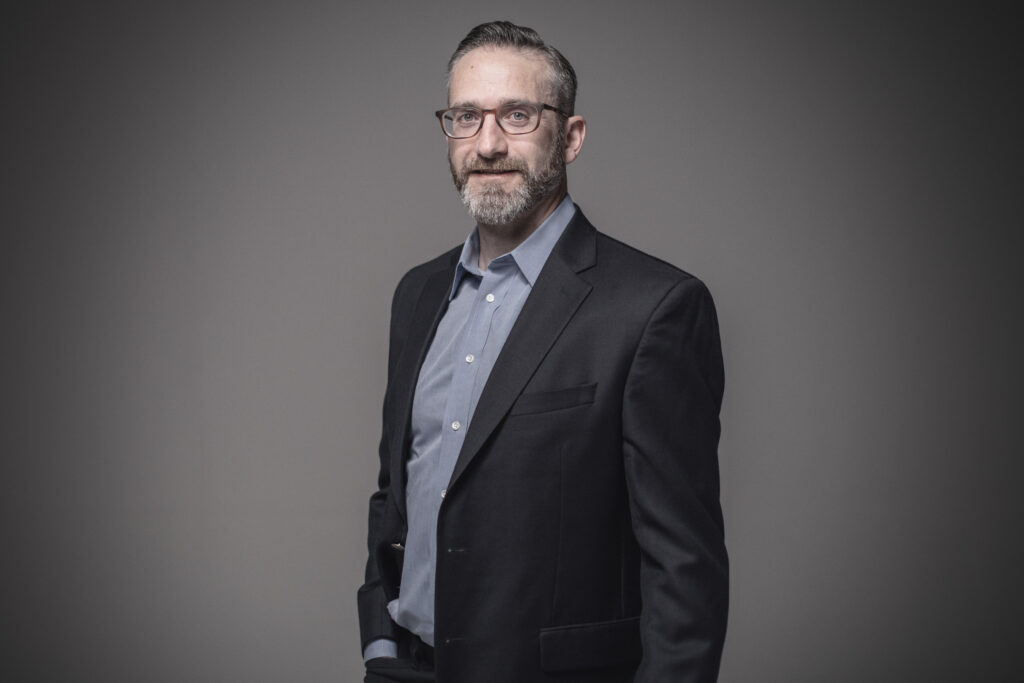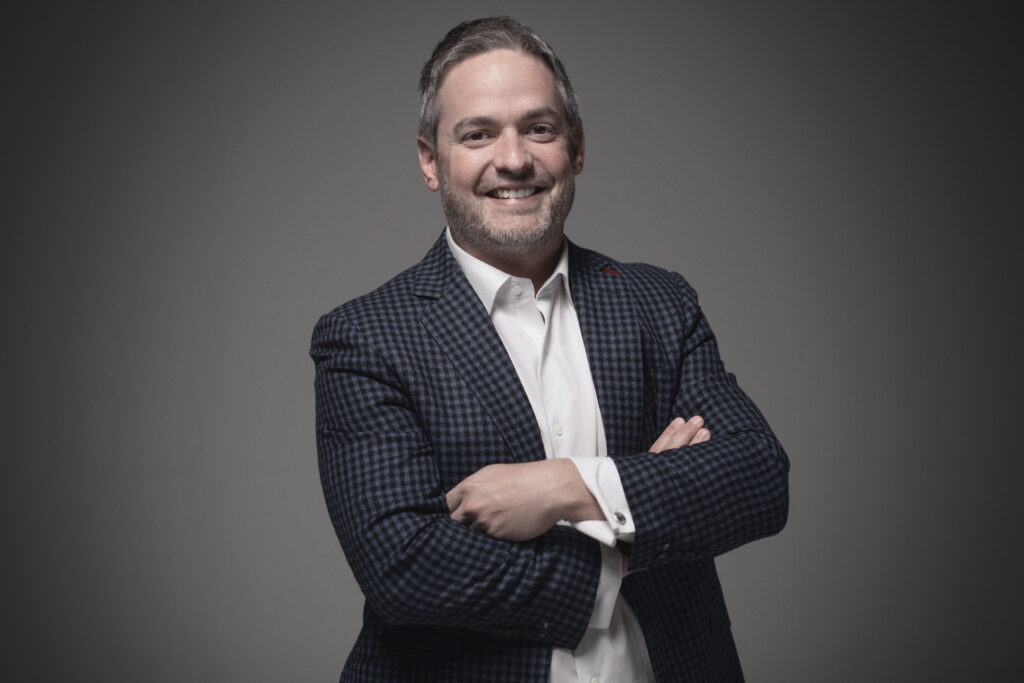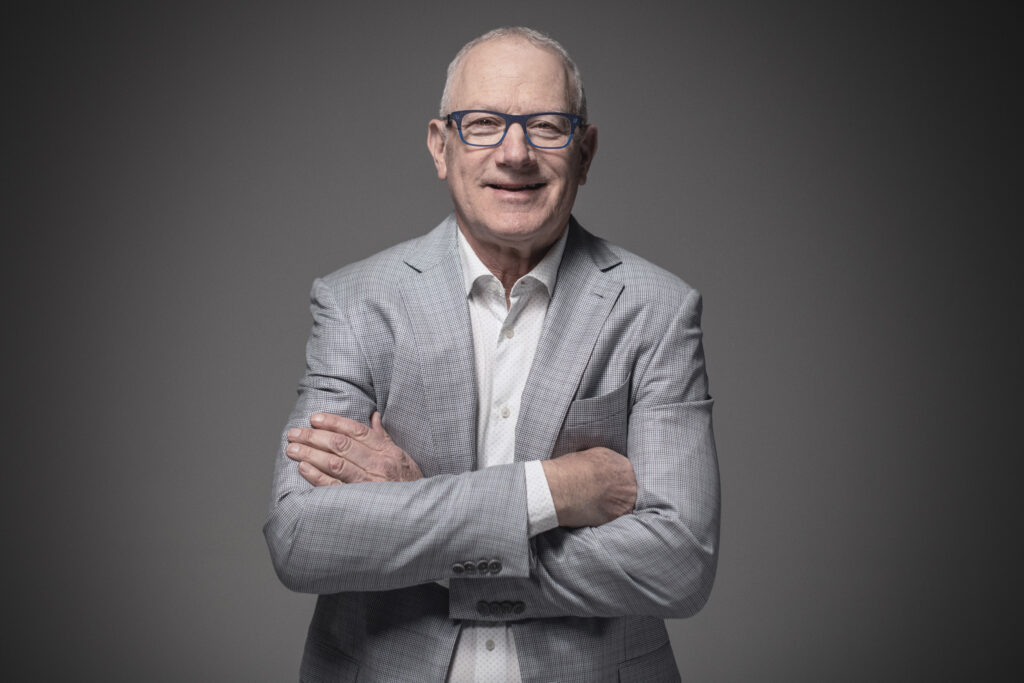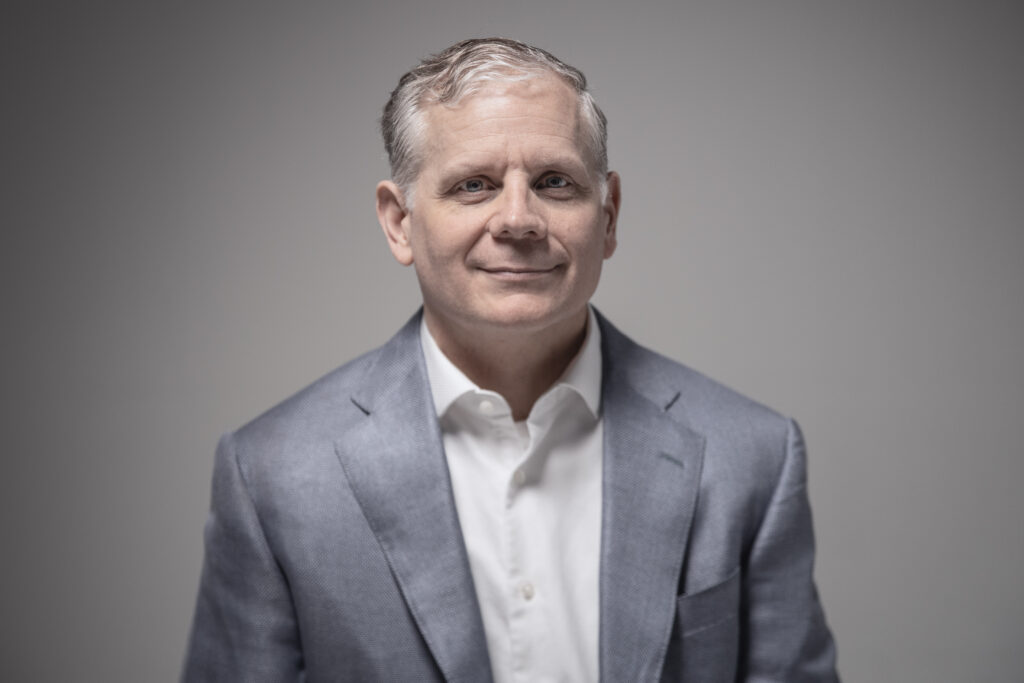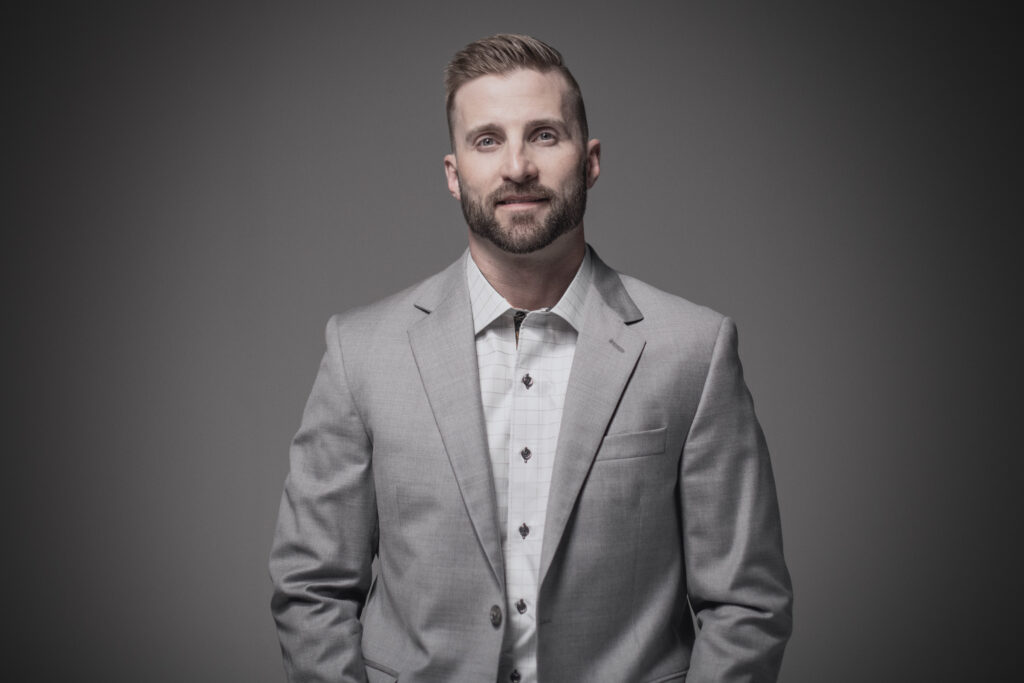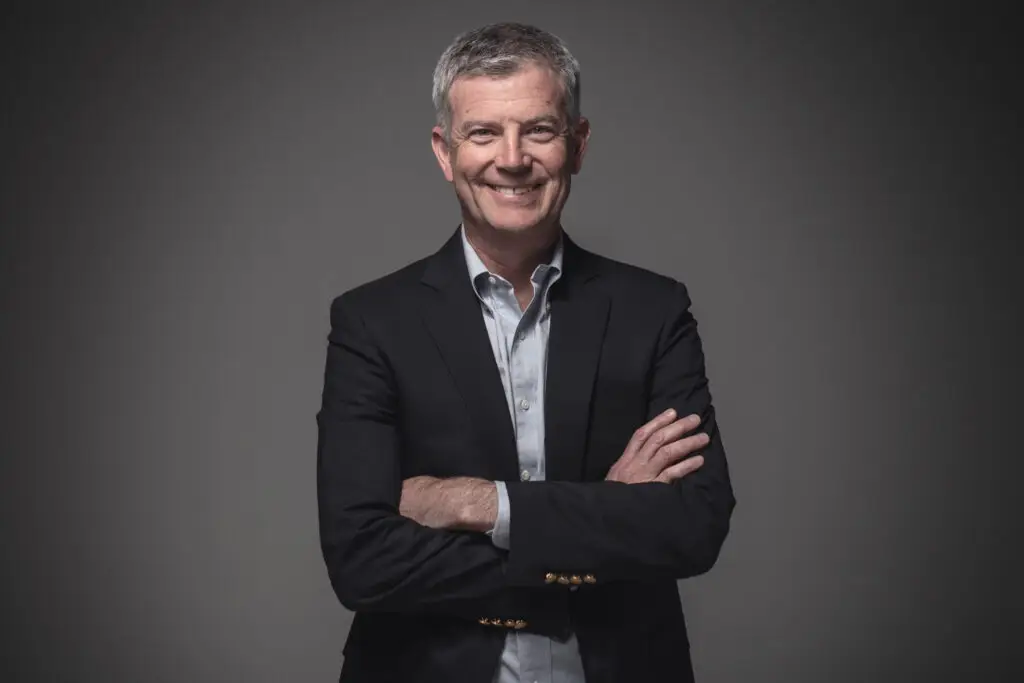SHOULDER INSTABILITY
Surgical procedures for repairing torn ACLs and returning to athletic activity.
Shoulder Instability: A Common Condition in Young Athletes
Shoulder instability is one of the most frequent conditions treated by sports medicine and orthopedic surgeons. It is especially common among young athletes who play contact or overhead sports such as football, wrestling, volleyball, or baseball. When the shoulder joint becomes loose or dislocates, it can lead to recurring pain, weakness, and difficulty performing athletic activities.
This condition often results from a traumatic injury, like a fall or a collision, which damages the supporting structures inside the shoulder.
What Is Shoulder Instability?
The shoulder is the most mobile joint in the human body. It relies on muscles, tendons, ligaments, and a cartilage ring called the labrum to maintain proper function. When one or more of these stabilizing elements are injured or stretched, the shoulder may begin to slip out of place.
Common Causes of Shoulder Instability
Injury from a fall or collision
Repetitive overhead motion, such as throwing or swimming
Naturally loose joints or hypermobility
Signs and Symptoms
A feeling that the shoulder is “slipping” or “popping out”
Frequent shoulder dislocations or partial dislocations
Pain during movement, especially overhead
Weakness or limited range of motion
Surgical Treatment Options for Shoulder Instability
For many young athletes, surgery is recommended to restore shoulder stability and prevent future dislocations. These are the most common procedures:
Labral Repair
A torn labrum can make the shoulder socket too shallow to hold the ball of the shoulder joint in place. A labral repair reattaches and tightens this cartilage to restore stability. This procedure is commonly done arthroscopically.
Remplissage
If a patient has a Hill-Sachs lesion, a dent in the shoulder joint’s ball, the Remplissage technique is used to fill the defect. This is often done at the same time as a labral repair. The goal is to prevent the shoulder from dislocating again by making the damaged area less likely to engage with the socket.
Latarjet Procedure
The Latarjet procedure involves transferring a small piece of bone from another part of the shoulder to the front of the socket. This added support helps keep the shoulder stable during high-demand activities.
Recovery and Return to Play
Recovery time varies depending on the procedure, but most athletes follow a similar timeline:
Physical therapy begins soon after surgery
Return to non-contact activities around 4 to 6 months
Full contact sports typically resume after 6 to 9 months
A structured rehabilitation program is key to a full recovery. Collaboration between the surgeon, therapist, and athletic trainer helps ensure a safe return to play.
Reducing the Risk of Future Shoulder Dislocations
Strengthen the rotator cuff and shoulder blade muscles
Focus on proper form and posture
Follow a rehab plan before returning to sports
Practice safe techniques during contact activities
OUR SHOULDER SPECIALISTS
Ljiljana Bogunovic, MD
Specialties:
Hip, Knee, Shoulder, Sports Medicine
DEREK DAMROW, MD
Specialties:
Shoulder, Elbow, Joint Replacement (Shoulder)
Jon M. Englund, MD
Specialties:
Sports Medicine, Knee, Hip, Shoulder, Spine, Foot & Ankle, Elbow, Hand & Wrist
Christopher Kilian, MD
Specialties:
Shoulder, Joint Replacement (Shoulder)
Steven J. Merkow, MD
Specialties:
Hip, Knee, Shoulder & Sports Medicine, Joint Replacement (Hip & Knee)
Rick F. Papandrea, MD
Specialties:
Shoulder, Elbow, & Sports Medicine, Joint Replacement (Shoulder & Elbow)
Thomas B. Viehe, MD
Specialties:
Knee, Shoulder, Sports Medicine, Foot & Ankle
Ready to Take the Next Step Toward Relief?
If you or your child has recurring shoulder dislocations, pain, or weakness, seeing a sports medicine specialist is important. Early diagnosis and proper treatment can prevent long-term damage and help athletes get back to their sport safely. Request an appointment today and take the first step toward feeling better.
